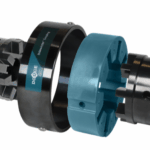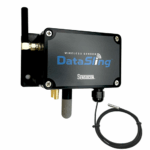Contract Maintenance
Contract maintenance is a service agreement in which a company, known as the contractor, agrees to provide maintenance services for another company, known as the client. These services can include a wide range of activities, such as routine maintenance, repairs and inspections, as well as more specialized services, such as machine installation and commissioning and compliance with safety and regulatory requirements. The main objective of contract maintenance is to transfer the responsibility for the maintenance of equipment, facilities and other assets from the client to the contractor, to improve equipment reliability and reduce overall maintenance costs. This allows the client to focus on its core business operations, while the contractor takes care of the maintenance tasks.














